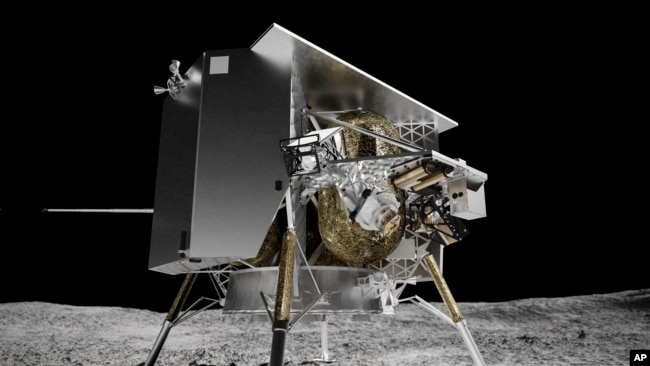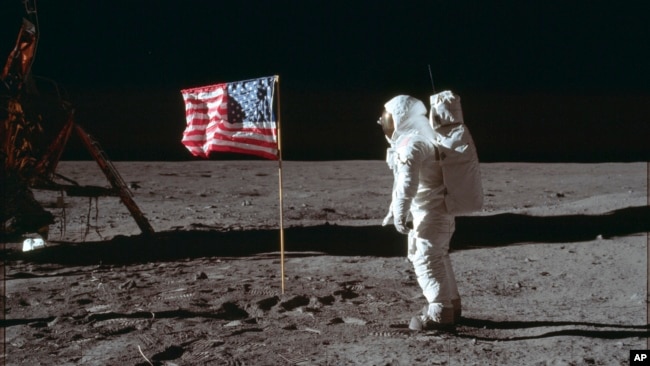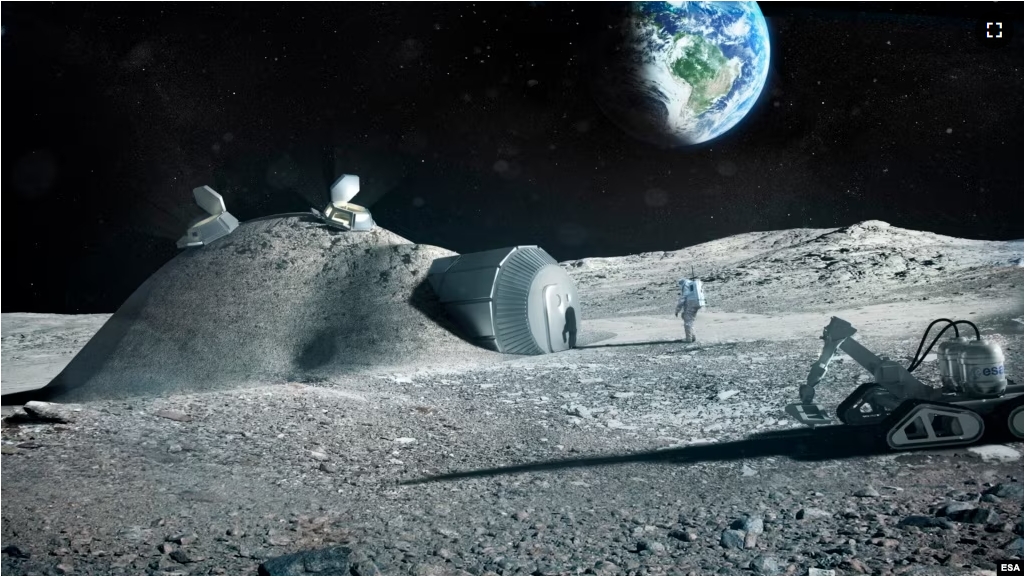The rise in private American space missions has led to increasing calls for rules on what can be transported to the moon.
Individuals and groups have criticized plans by private companies to send things that might not be suitable for the lunar surface.
The proposals came from companies that have contracts with the American space agency NASA to provide space flight services and carry equipment and supplies to the moon. Such materials launched from rockets are known as payloads.
The efforts are part of NASA’s Commercial Lunar Payload Services (CLPS) program. It aims to hand over the nation’s major space missions to private companies in an effort to reduce costs.
The CLPS program plans to send several landers to the moon in the coming years. The landers will be carrying instruments and exploring tools to help humans learn more about the moon and its surroundings. But some missions also plan on sending human remains or goods that could be used in advertising.
Leslie Tennen is a lawyer who specializes in international space law. She told Reuters news agency, “We’re just at the beginning of exploring the moon, and…we need to be careful we’re not contaminating it.” She said she thinks care should be taken to prevent the spread of what she calls “litter” on the moon.
Last month, one privately-built lunar lander aimed to touch down on the surface of the moon. But the spacecraft, called Peregrine, developed a fuel leak shortly after launch and did not make it to the moon.
The company that built Peregrine is Astrobotic Technology, of Pittsburgh, Pennsylvania. The lander was loaded with 20 research experiments involving seven different countries. But it also carried other materials. These included numerous containers of human remains, a piece of rock from Mount Everest, a physical bitcoin and a can of the Japanese sports drink Pocari Sweat.
Among the remains were ashes of famous space lovers Gene Roddenberry and Arthur C. Clarke. Roddenberry was creator of the popular television show Star Trek and Clarke was a science fiction writer.

The Navajo Nation had sought to stop Peregrine’s launch because of the inclusion of the remains. The head of the Native American group called the sending of remains a “desecration” because his people consider the moon a holy space.
A spokesperson for Astrobotic said the objections to Peregrine’s launch came too late to reach an agreement on the issue. But the company said it would try to find “a good path forward” with the Navajo Nation on future missions.
Reuters reports that under U.S. law, materials can be transported to the moon as long as they do not violate certain general guidelines set by the U.S. Federal Aviation Administration (FAA).
The FAA requires companies to show that a payload launched from Earth does not “jeopardize public health and safety…U.S. national security…or international obligations” of the U.S. This rule permits most materials to be sent to the moon.
But legal experts think the issue will likely gain more attention as more private missions make successful landings on the lunar surface. And this could lead to new legal restrictions on what can be transported to the moon.

Lawyers with space-law experience worry that the absence of rules could lead to disputes between U.S. companies and other nations seeking to operate on the lunar surface. There could also be disagreements over which businesses should be permitted to claim land or sovereignty.
The current guidelines for international activities on the moon are included in a document called the 1967 Outer Space Treaty. It states that outer space – including the moon and other bodies – “shall be free for exploration and use by all states.” The treaty also states that nations involved in space exploration must approve of and supervise the activities of non-government organizations.
Experts say few nations have approved their own rules for moon behavior and measures are currently unclear in international law. This has led to calls for new international guidelines.
Martha Mejía-Kaiser is a Mexican-German space lawyer and a board member of the International Institute of Space Law. She told Reuters, “We are already late, and we are very urgently in need to start now, to discuss the moon at an international level.”
I’m Bryan Lynn.
Reuters reported this story. Bryan Lynn adapted the report for VOA Learning English.
_____________________________________________
Words in This Story
mission – n. to do something considered very difficult or impossible
contaminate – v. to make something dirty or poisonous
litter – n. things left in an area that makes the area seem dirty desecrate – v. to damage or show a lack of respect toward something holy or highly respected
jeopardize – v. to put something in danger
obligation – n. something a person does because it is their duty or because they feel they have to
sovereignty – n. the power of a country to control its own government
supervise – v. to watch over a person or activity
